Did you know that GIA-certified diamonds are considered the benchmark for quality in the diamond industry? The Gemological Institute of America (GIA) is the world’s foremost authority on diamond grading, offering a certification that is synonymous with trust, transparency, and the highest standards of quality. Continue reading to know why GIA certification is the gold standard in the diamond world and how it can impact your diamond purchase.
Let’s Begin
The assurance of quality and authenticity is paramount when purchasing diamonds, whether for an engagement ring, a special gift, or a personal investment. This is where the Gemological Institute of America (GIA) comes into play, setting the global standard for diamond grading and certification.
In this blog, we’ll delve into everything about the GIA diamonds, exploring what makes them stand out, how they are graded, and why a GIA certification is considered the gold standard in the diamond industry.
What is GIA Certification
The Gemological Institute of America (GIA) is a nonprofit organisation dedicated to research and education in the field of gemology. Founded in 1931, the GIA has established itself as the foremost authority in diamond grading and certification. The institute is renowned for its rigorous standards, scientific approach, and integrity in the evaluation of diamonds.
The 4Cs of Diamond Quality
The GIA developed the 4Cs of Diamond Quality, which has become the universal method for assessing the quality of diamonds worldwide. The 4Cs stand for Cut, Colour, Clarity, and Carat Weight.
1. Cut
This refers to how well a diamond has been cut and shaped, affecting its symmetry, brightness, fire, and overall appearance. The GIA grades cut on a scale from Excellent to Poor.
2. Colour
Diamond colour is graded based on the absence of colour, with the scale starting at D (colourless) and moving down to Z (light colour). The closer a diamond is to being colourless, the higher its value.
3. Clarity:
The clarity of a diamond refers to how free it is from internal and external imperfections, known as inclusions and blemishes, respectively. The Gemological Institute of America (GIA) has developed a clarity scale to grade diamonds, which ranges from Flawless to Included:
- Flawless (FL): No inclusions or blemishes are visible under 10x magnification.
- Internally Flawless (IF): No inclusions, and only minor blemishes are visible under 10x magnification.
- Very, Very Slightly Included (VVS1 and VVS2): Inclusions are difficult to see under 10x magnification.
- Very Slightly Included (VS1 and VS2): Inclusions are clearly visible under 10x magnification but can be characterised as minor.
- Slightly Included (SI1 and SI2): Inclusions are noticeable under 10x magnification.
- Included (I1, I2, and I3): Inclusions and/or blemishes are obvious under 10x magnification and may affect the diamond’s transparency and brilliance.
As the clarity grade decreases, the presence of inclusions and blemishes becomes more apparent, which can affect the overall appearance and value of the diamond.
4. Carat Weight:
Carat weight is the measurement of how much a diamond weighs. A metric “carat” is defined as 200 milligrams.
The GIA Diamond Grading Report
A GIA Diamond Grading Report provides a thorough analysis of a diamond’s quality based on the 4Cs. This report includes a detailed map of the diamond’s inclusions and blemishes, which is crucial for identifying the stone. The report is considered an essential tool for verifying a diamond’s quality and authenticity.
Why GIA Certification Matters
GIA certification offers peace of mind to both buyers and sellers of diamonds. Here are several reasons why GIA certification is highly valued in the diamond industry:
- Trust and Confidence: A GIA certificate assures buyers that the diamond they are purchasing has been impartially assessed by a team of experts.
- Resale Value: Diamonds with a GIA certificate generally have a higher resale value because their quality has been independently verified.
- Consumer Protection: GIA’s unbiased grading process protects consumers from overpaying for a diamond that may not be as advertised.
NOTE: While GIA certification can enhance resale value, it’s not guaranteed, and the market value of diamonds can fluctuate.
How to Read a GIA Report
Understanding a GIA Diamond Grading Report is crucial for any potential diamond buyer. The report includes detailed information about the 4Cs, as well as additional characteristics such as fluorescence, polish, and symmetry. Each aspect of the report provides insight into the diamond’s quality and value.
The Impact of GIA on the Diamond Industry
The Gemological Institute of America (GIA) revolutionised the diamond industry with the introduction of the 4Cs (Carat, Color, Clarity, and Cut) and the development of the International Diamond Grading System. These standards have provided a common language for describing diamond quality, enabling more transparent and consistent transactions across the global diamond market.
Choosing a GIA-Certified Diamond
When selecting a GIA-certified diamond, consider the following tips:
Prioritise Cut: The cut of a diamond has the greatest impact on its beauty. Even a diamond with perfect colour and clarity will not sparkle as brilliantly if it has a poor cut.
Balance the 4Cs: Determine what is most important to you among the 4Cs, and balance these preferences with your budget.
Review the Report: Always ask to see the GIA Diamond Grading Report. This report will provide you with a comprehensive understanding of the diamond’s quality.
Conclusion
GIA-certified diamonds represent the pinnacle of quality and authenticity in the diamond industry. The rigorous standards and unbiased grading process of the GIA ensure that consumers can make informed decisions when purchasing diamonds.
By understanding the significance of the GIA certification and learning how to interpret a GIA Diamond Grading Report, buyers can invest in diamonds with confidence, knowing that they are getting exactly what they are paying for.
Established in 1900 in Chennai, VBJ has been a beacon of excellence in the jewellery industry, known for its commitment to quality, innovation, and tradition. We take pride in our rich heritage, which is deeply rooted in South Indian culture and craftsmanship. Our exquisite collections showcase the perfect blend of traditional designs and modern aesthetics.
FAQs
What is the GIA Diamond Certification?
The Gemological Institute of America (GIA) is a nonprofit organisation dedicated to research and education in gemology. It is the foremost diamond grading and certification authority, known for its rigorous standards and scientific approach.
What are the 4Cs of Diamond Quality?
The 4Cs stand for Cut, Colour, Clarity, and Carat Weight. They are the universal method for assessing the quality of diamonds worldwide.
What is a GIA Diamond Grading Report?
A GIA Diamond Grading Report provides a thorough analysis of a diamond’s quality based on the 4Cs. It includes a detailed map of the diamond’s inclusions and blemishes, which is crucial for identifying the stone.
Why does GIA certification matter?
GIA certification assures buyers of the diamond’s quality and enhances its resale value.
How can I read a GIA Report?
The report includes detailed information about the 4Cs, as well as additional characteristics such as fluorescence, polish, and symmetry. It provides insight into the diamond’s quality and value.
 Store Locator
Store Locator 

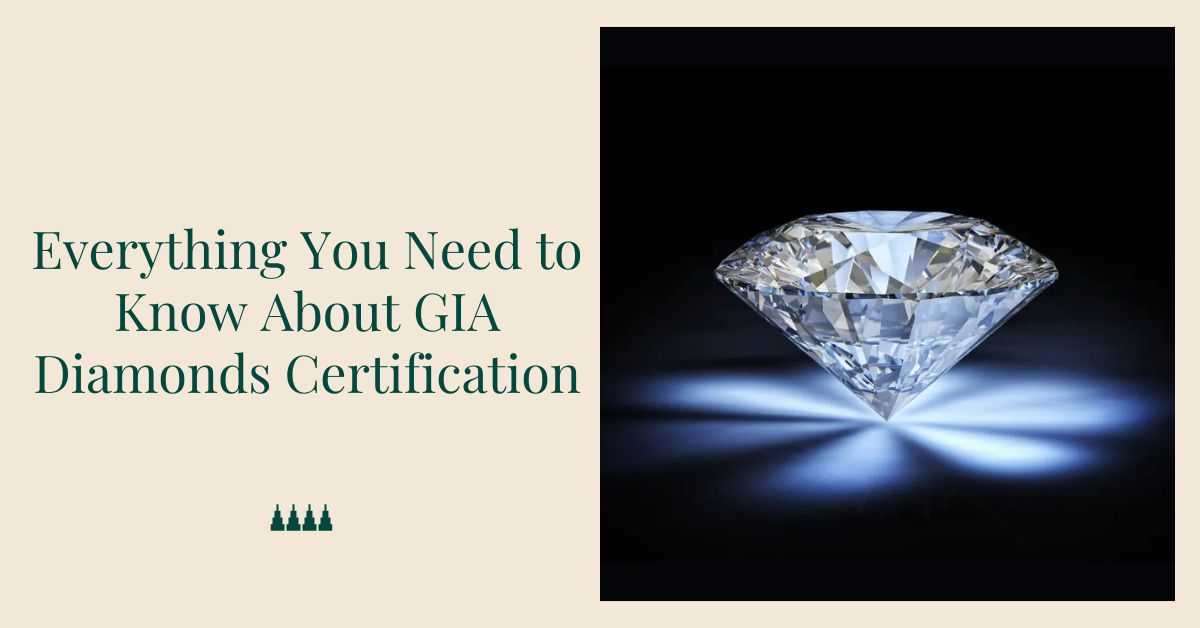
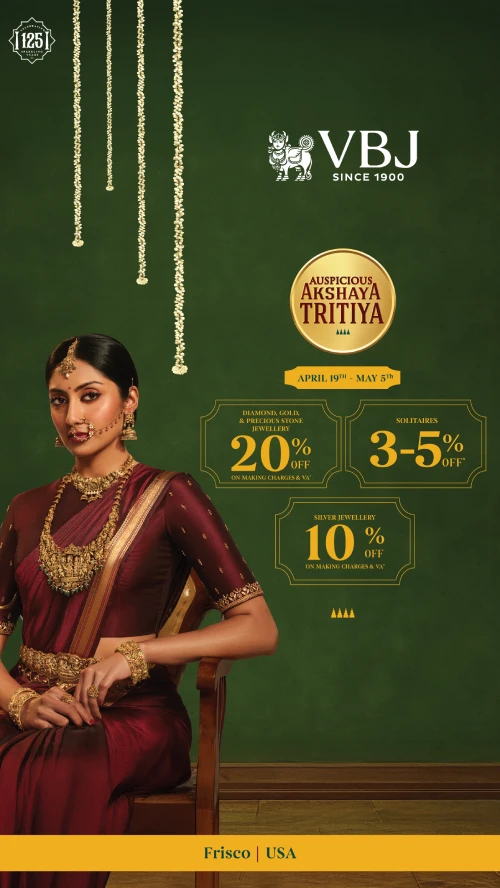
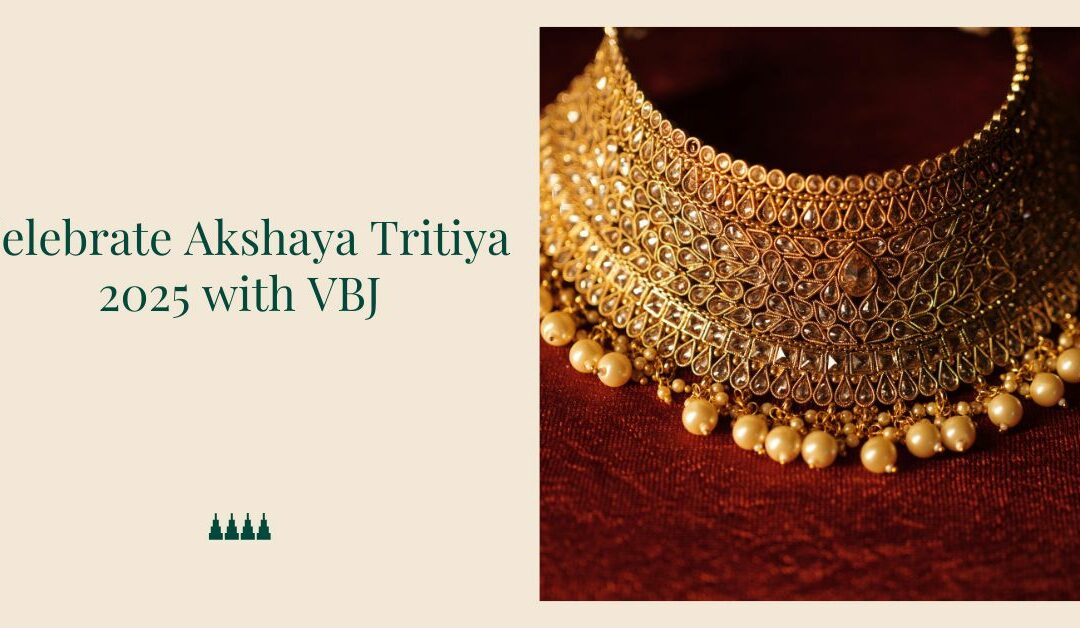

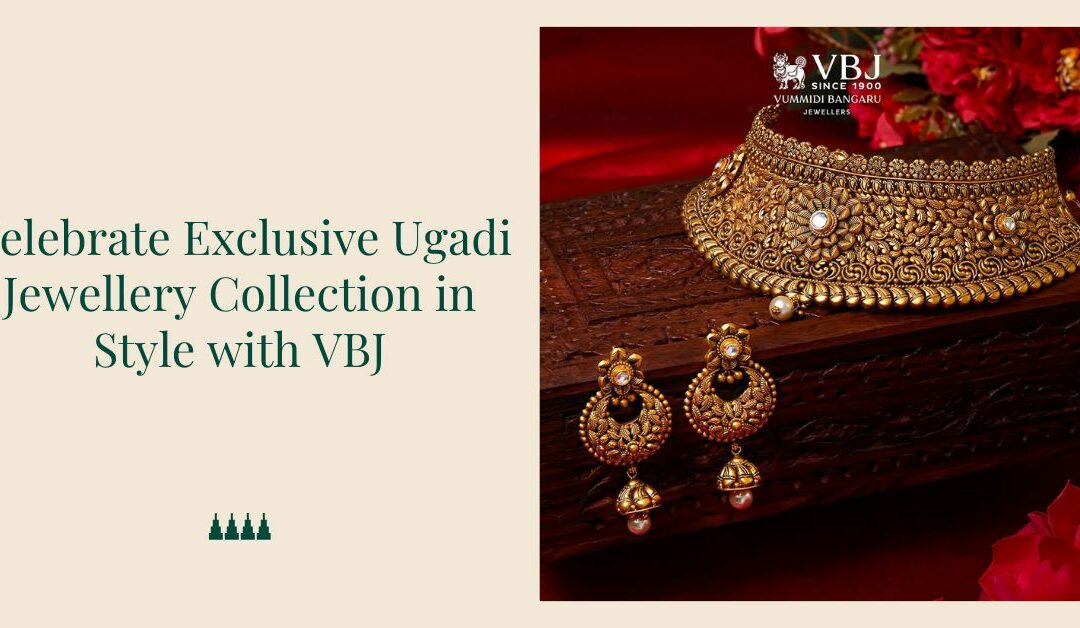

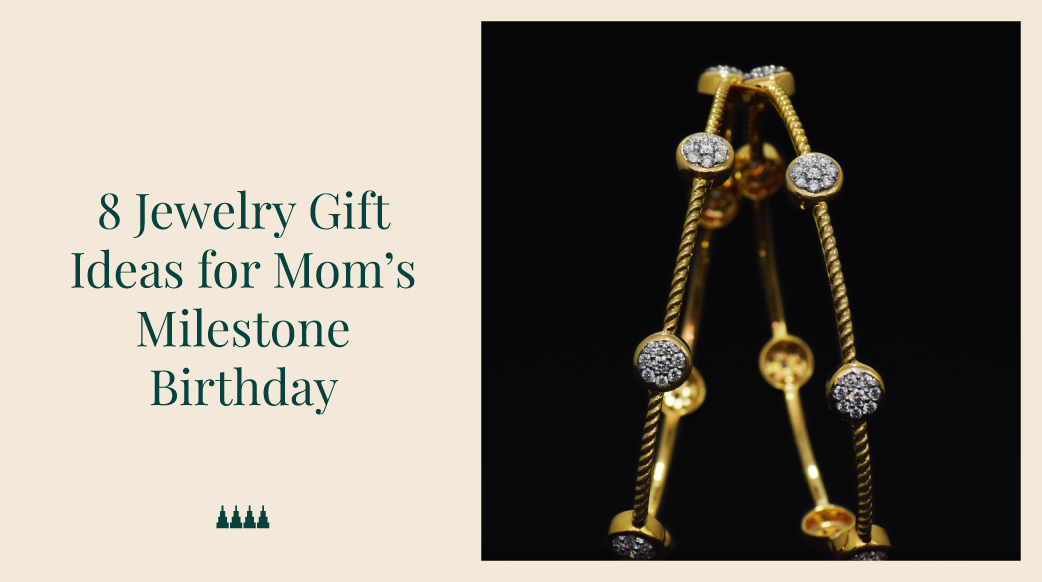
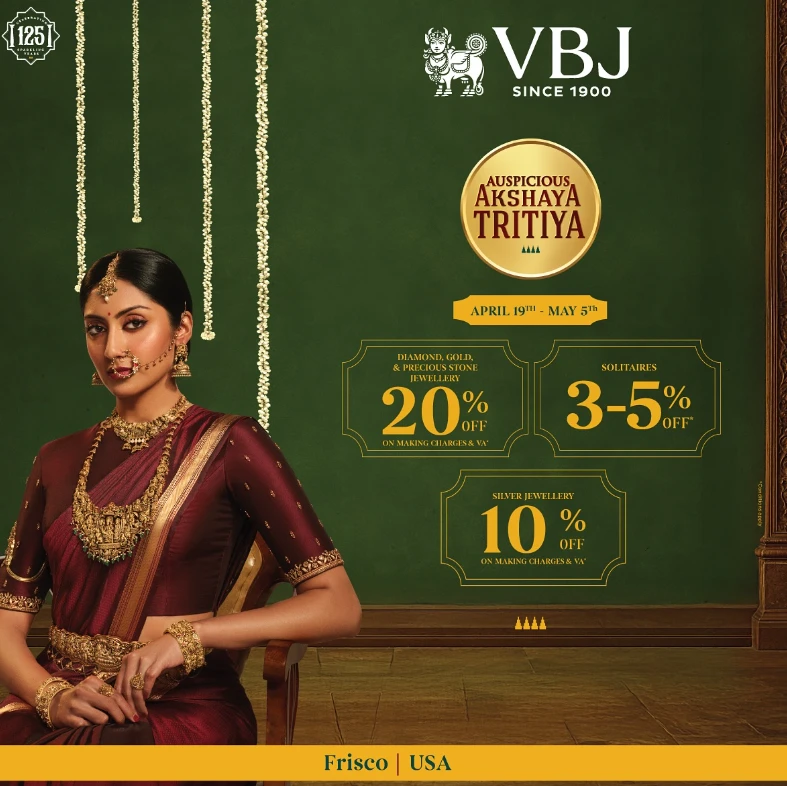
A comprehensive information about diamonds. Very useful.